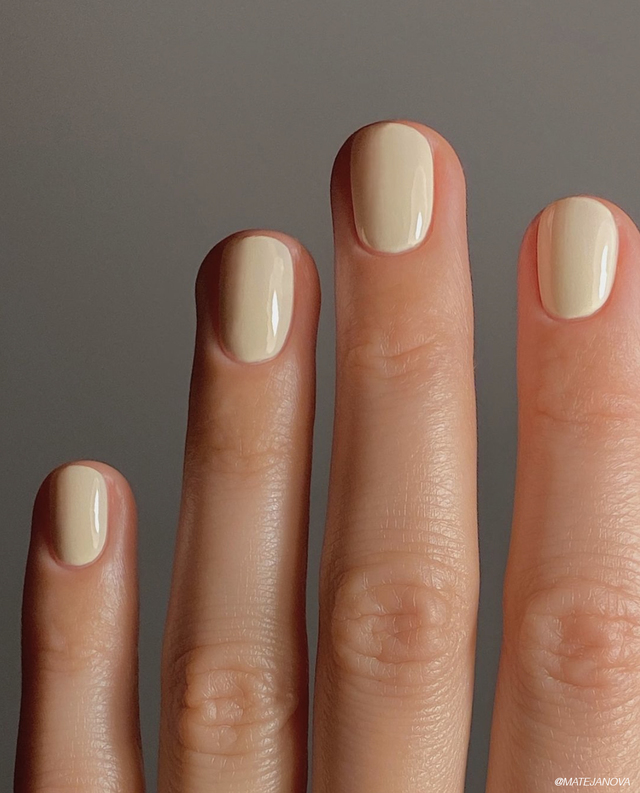Ever since social media created an online network of stylists, salon pricing has been a hot topic. Variables like location, years of experience and overhead are key factors in determining one's menu but what about recent debates of service-based pricing vs. hourly? Let's jump into the what, how and why for this industry trend to help determine if it's right for you and your clientele.
What Is Service-Based Pricing vs. Hourly?
Classic Service-Based Pricing:
Traditional salon pricing usually consists of a menu with specific services. Pricings for chemical services are usually a starting point while pricing for styling or cutting may vary based on specified lengths. As long as stylists charge accordingly based on density and length, service-based pricing should accurately reflect the time vs product usage. However, all these specifics can make a menu a little busy...and leave a client a little confused with terminology like “shadow root” vs. “toner” vs. “root smudge.”
Hourly Pricing:
Hourly pricing has been the industry standard for services like color corrections for a while now. So why not translate that concept into a standard for all salon appointments? The idea is to eliminate the explanations of each and every individual step and charge for how long the service will take instead. This creates more predictability for future bookings, clients pay for an overall look as opposed to an a la carte list of services to achieve that look. For new clients an approximate time range can be given, for existing clients, their records can be updated with exact timing needs which can also help eliminate overbooking and overlapping.
How Can You Make The Change?
When salons establish their menu pricing they base it on overhead vs location vs. experience. Hourly pricing is the same. How many hours do you plan on working in a month? What are your expenses in a month? What average profit are you hoping for each month (consider your personal expenses and financial goals)? Add the last two numbers together and divide them by the first number and you have your ideal hourly rate.
Now, how does that compare to your earnings before this change? Would you be earning less or more? How can you adjust accordingly?
The ‘Whys’?
Every stylist will have their reasons for transitioning or for not transitioning to hourly pricing. But these here aren't your why’s...but the ones the clients will have. Like any change, it may take a bit of patience and explanation. When it comes to cost curiosity try showing them the a la carte pricing vs hourly and that it really isn't that different. The harder questions one will have to be prepared for range from “why did this take this long?,” “why do they pay less than me for the same thing?” “I thought you said XYZ hours,” “why was I processing for so long,” etc.. For these clients, hourly pricing may not be ideal, so instead be prepared to set a boundary, or itemize their pricing.
What Do You Think?
Is hourly pricing right for your business and your clientele? Share your opinion in the comments below! There is no right or wrong answer. As long as you always consider your overhead, location, experience and financial goals and communicate with your clients you will draw the right clientele into your chair and grow a successful business.
Written by: Nicoletta















